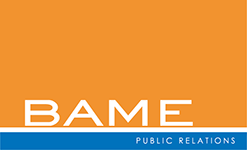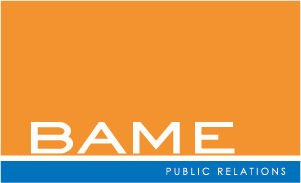Persuasive Ideas to Become More Persuasive
Public relations professionals frequently need to persuade others – a colleague, lawyer, vendor or client – to take action. The skills critical to being persuasive are an important and underestimated set of competences for us that we ignore at our own peril.
Jonathan Fitzgarrald, managing partner of Equinox Strategy Partners, presented a highly relevant webinar on January 24, 2017, on the topic of “Attorney Persuasion – Powerful Techniques for Getting Your Way More Often,” at the Legal Marketing Association’s Public Relations Shared Interest Group (PR SIG).
Jonathan noted that any PR person could be better at his or her job if he or she has the communications skills to move people to action. This is not a matter of manipulation but rather a matter of speaking the other person’s language (empathy), understanding the other person’s communication style, and then speaking to them in that manner.
The key to doing this is recognizing and understanding the four primary personality types: accelerator (12 percent of the population), pragmatist (40 percent of the population), analyzer (eight percent of the population) and collaborator (40 percent of the population).
Accelerators are often CEOs, entrepreneurs or litigators. They are looking for definitive answers, not shades of gray. They often use the phrase “I know”. When reading a proposal they turn to the last page first to see how much the work will cost and how long it will take. The right approach to them is with colorful stories that keep them engaged. When dealing with an accelerator, be smart, be brief and be gone!
Pragmatists are process-oriented people. They often serve as COO, executive director, or product and project managers within an organization. They crave stability and dependability at all costs. They like to make sure that “everyone is on the same page.” The right approach to them is by presenting your credentials, appealing to tradition, showing them a value proposition, and telling them what the endgame will look like.
Analyzers tend to be cautious, skeptical and deliberate. They can be academics, engineers, and (highly relevant in legal PR) law firm partners. They tend to look for context and history and to search for analogies rather than direct precedents. The right approach to them is to show them the big picture, to make an evidence-based presentation, and to show them that your proposal will make things work more efficiently.
Collaborators value human contact and emotion above all. They often use the phrase “I feel”. Many of them work for nonprofits or charities. Within an organization, many of them work for HR or in similar positions. They are looking for personal fulfillment both in their personal lives and on the job. They need to know how their emotions affect other people. The right approach to them is to show how your proposal will have a positive effect on the overall welfare of a firm, practice group, office or person.
The better a PR person is at customizing and shaping his or her persuasive approach, according to Jonathan, the more likely she will succeed. People respond when you speak their emotional language.




